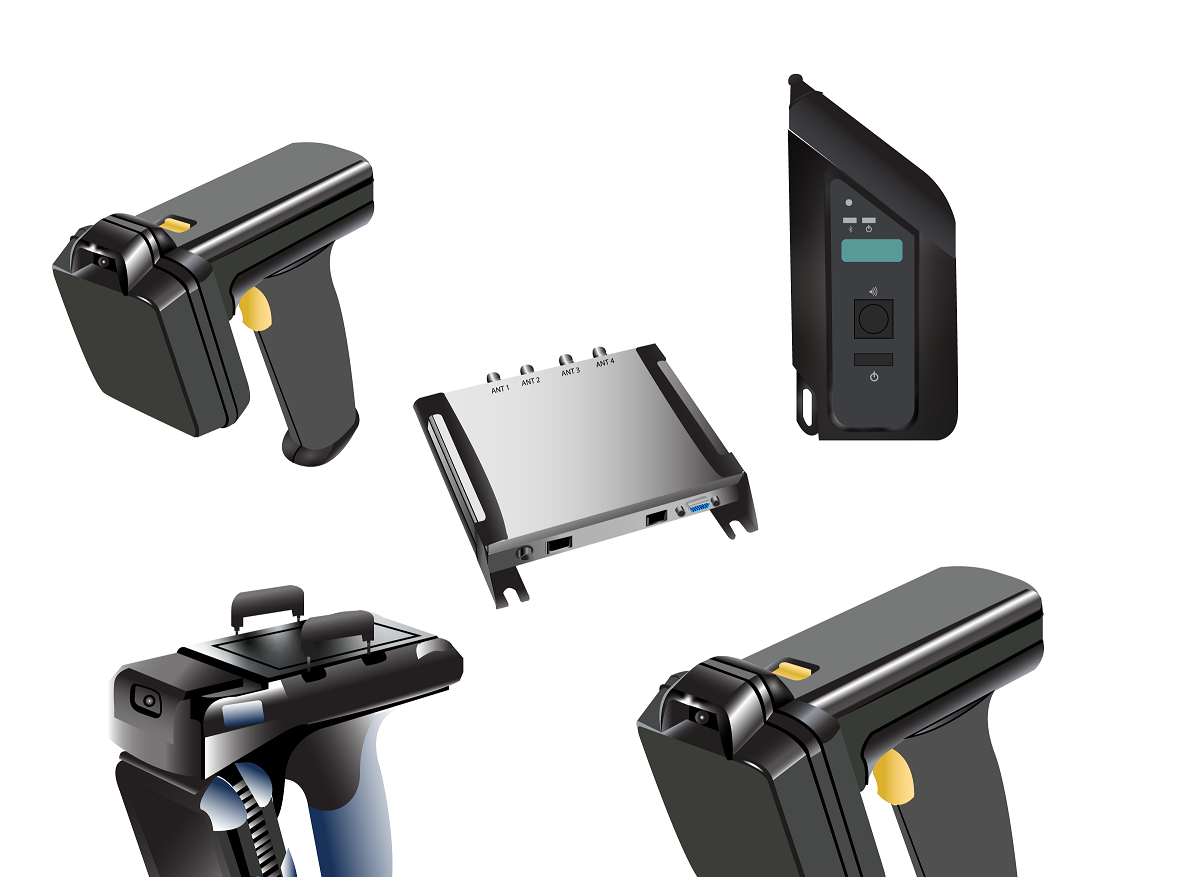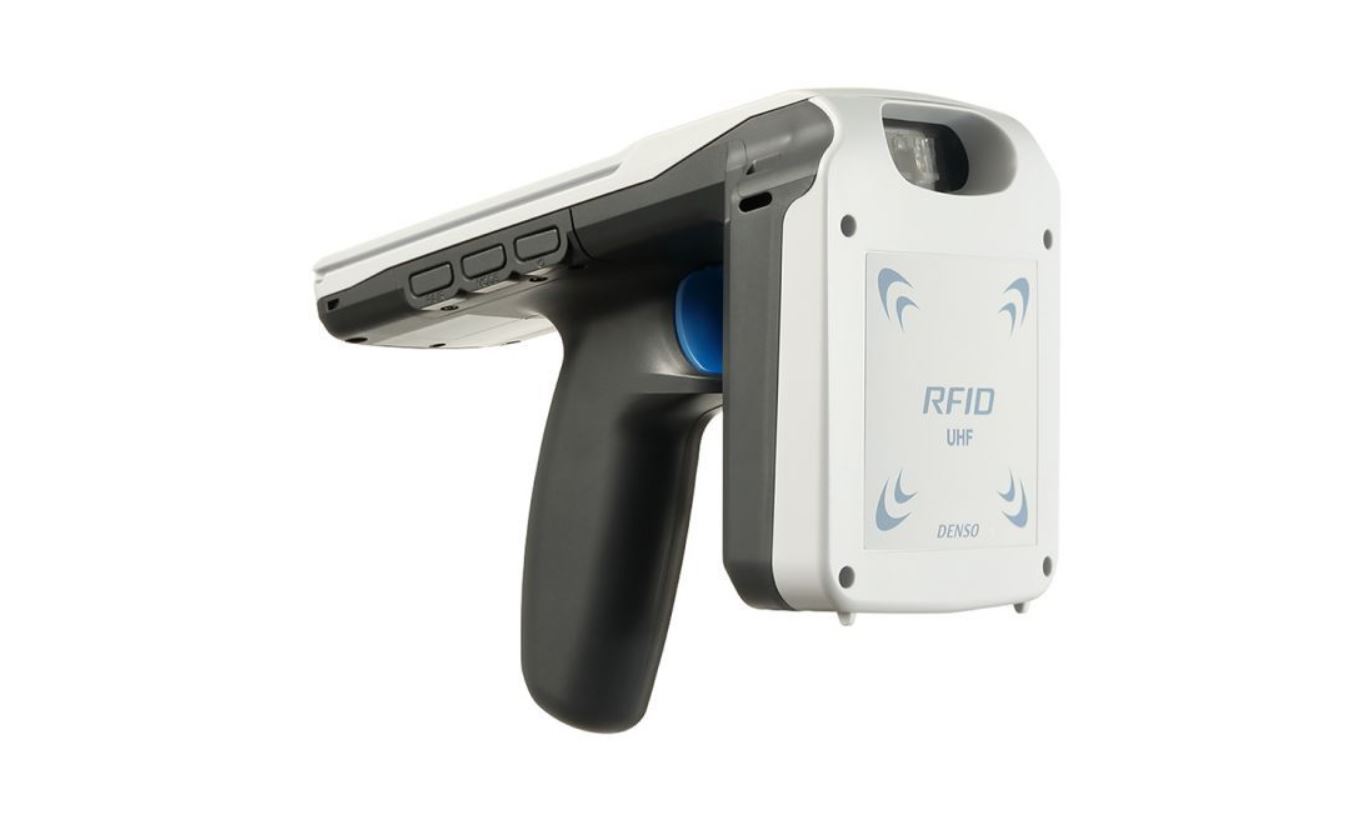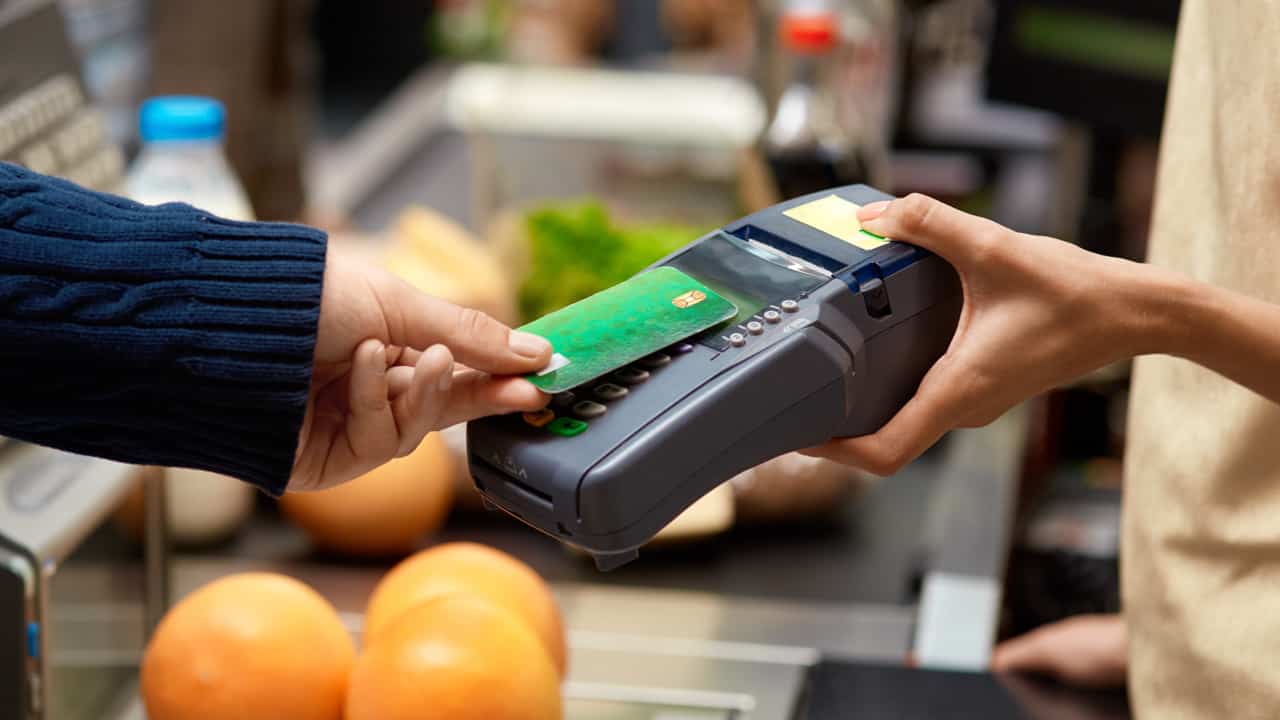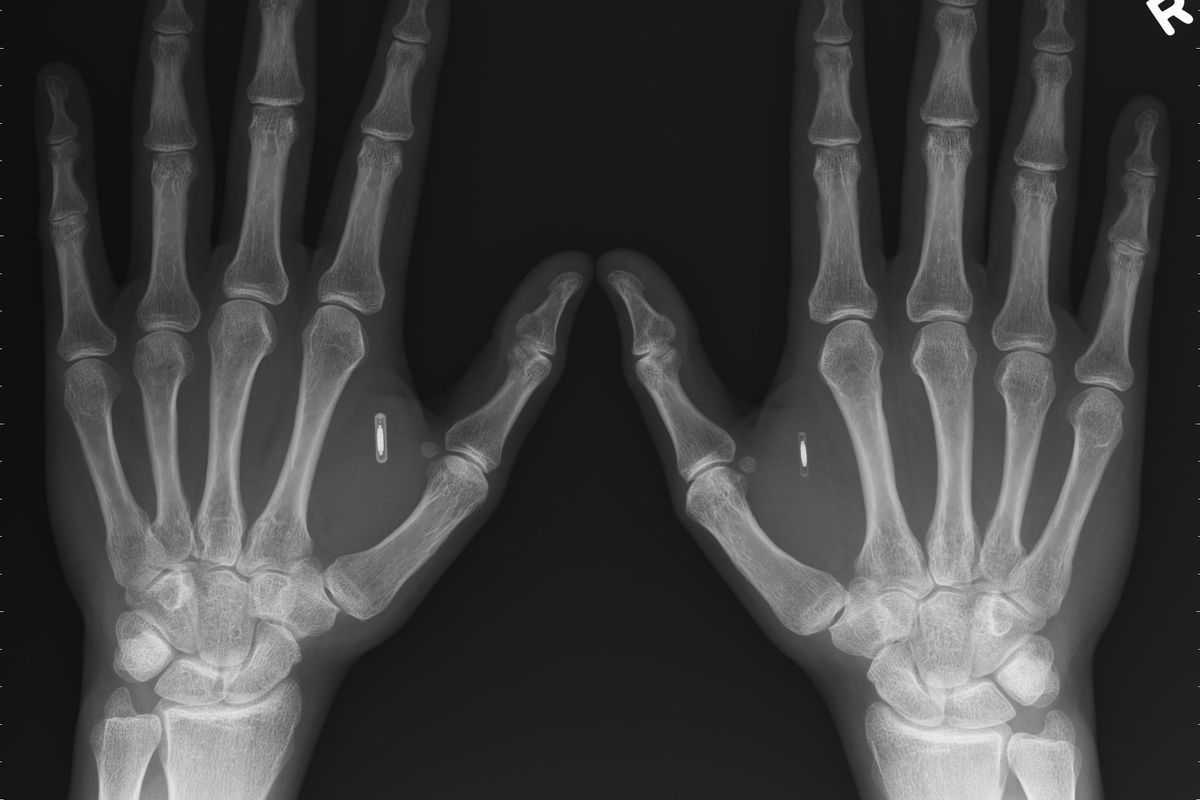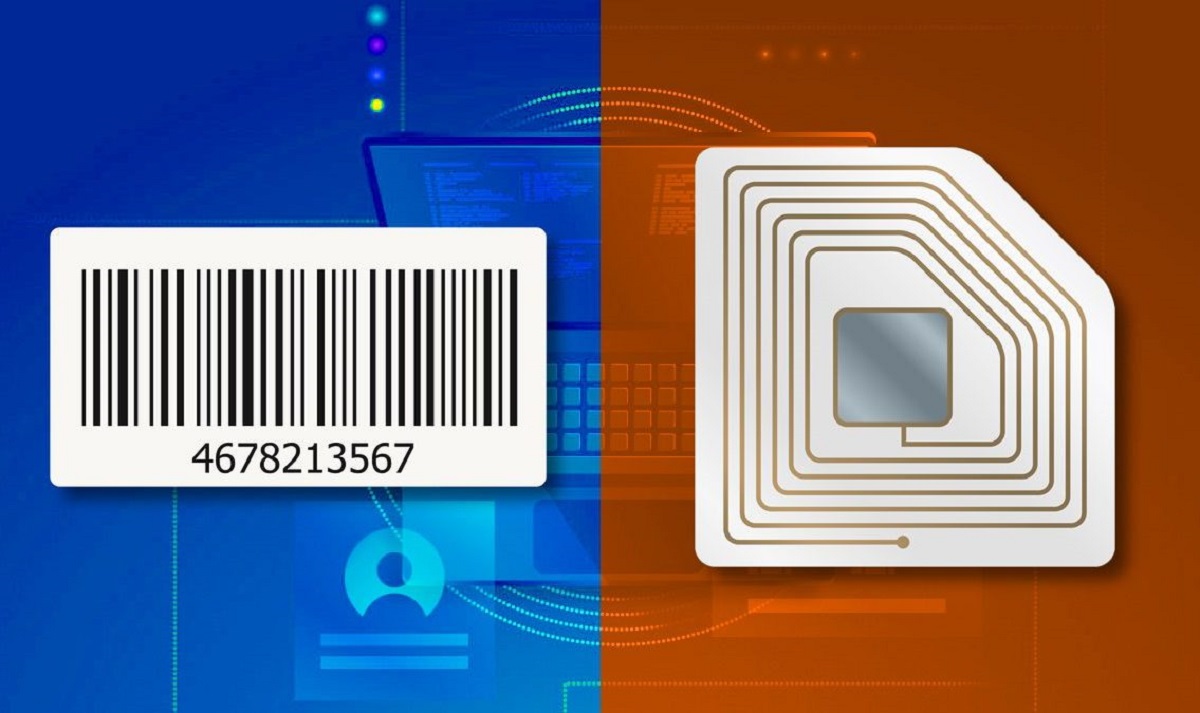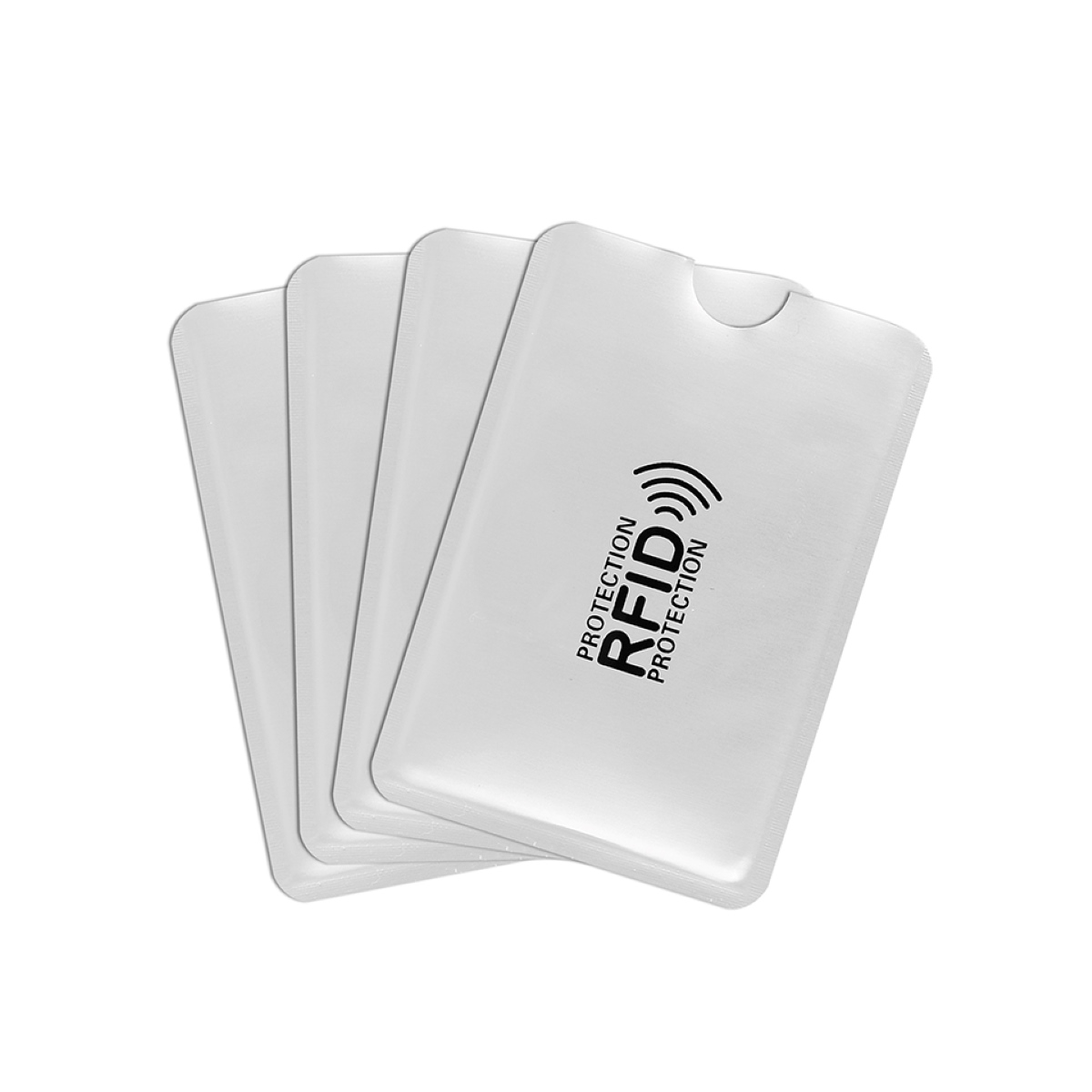Introduction
RFID, which stands for Radio Frequency Identification, is a technology that has revolutionized the way objects are tracked and identified. RFID scanners play a crucial role in this technology, as they enable the reading and writing of data stored on RFID tags. These scanners use radio waves to communicate with the tags, allowing for efficient and automatic data transfer.
In various industries, such as retail, healthcare, logistics, and manufacturing, RFID scanners have become indispensable tools for improved inventory management, asset tracking, and supply chain optimization. They offer numerous advantages over traditional barcode systems, including faster scanning, increased data storage capacity, and the ability to read multiple tags simultaneously.
This article aims to provide a comprehensive overview of RFID scanners, covering their functionality, different types, applications, advantages, and limitations. By understanding the ins and outs of RFID scanners, readers will gain insight into the technology that powers a wide range of industries, ultimately improving their understanding of the digital world in which we live.
What is an RFID scanner?
An RFID scanner is a device that reads and writes information stored on RFID tags using radio frequency technology. RFID, short for Radio Frequency Identification, is a wireless technology that uses electromagnetic fields to automatically identify and track objects or people.
The basic components of an RFID system include RFID tags, which are small electronic devices that contain a unique identifier and other information, and an RFID scanner, also known as an RFID reader. The scanner uses radio frequency waves to communicate with the tags and retrieve the stored data.
Unlike traditional barcode systems where line-of-sight scanning is required, RFID scanners can read tags without direct contact or even from a few meters away. This allows for faster and more efficient data collection, as multiple tags can be read simultaneously. RFID scanners come in various forms, including handheld devices, fixed readers, and integrated systems that are embedded in vehicles or equipment.
RFID scanners are employed in a wide range of industries and applications. For instance, in retail, they can be used to track inventory in real-time, improve supply chain management, and reduce theft. In healthcare, RFID scanners allow for accurate patient identification, medication management, and asset tracking. In manufacturing, they enable efficient inventory control and quality assurance processes.
Overall, RFID scanners play a crucial role in automating the identification and tracking of objects or individuals. Their ability to communicate wirelessly with RFID tags provides a plethora of benefits, including increased efficiency, improved accuracy, and enhanced data collection. As technology advances, RFID scanners are becoming more sophisticated and are likely to continue shaping various industries in the future.
How does an RFID scanner work?
RFID scanners operate by using radio frequency technology to communicate with RFID tags. The process involves three main components: the RFID scanner, the RFID tag, and the software that manages the collected data. Here’s a breakdown of how an RFID scanner works:
- Generating radio waves: The RFID scanner emits radio frequency waves using an antenna. These waves are transmitted into the surrounding environment.
- Detecting RFID tags: When the radio waves from the scanner reach an RFID tag within range, the tag’s built-in antenna captures the energy and activates the tag’s circuitry.
- Data transfer: Once the tag is activated, it sends the stored data back to the scanner via radio waves. This data can include a unique identifier, product information, or any other relevant information programmed into the tag.
- Processing the data: The RFID scanner receives the data from the tags and processes it using specialized software. This software manages the collected information and can perform various tasks, such as updating inventory records or triggering specific actions based on the received data.
It’s important to note that RFID scanners can operate in different frequency ranges, including low-frequency (LF), high-frequency (HF), and ultra-high-frequency (UHF), depending on the application requirements. Each frequency range has its advantages and limitations in terms of read range, data transfer speed, and interference susceptibility.
To ensure reliable communication between the scanner and tags, they need to operate within a certain proximity. This range can vary based on factors such as the scanner’s power output, the tag’s sensitivity, and the surrounding environment. Therefore, it’s essential to position the scanner within an appropriate distance to optimize data retrieval.
Overall, RFID scanners work by utilizing radio frequency technology to establish communication with RFID tags. This wireless interaction enables efficient and automated data collection, making them valuable tools for various industries where quick and accurate identification and tracking are essential.
Types of RFID scanners
RFID scanners come in various forms, each designed to suit specific use cases and environments. Here are the different types of RFID scanners commonly used today:
- Handheld RFID scanners: These portable scanners are lightweight and easy to carry, making them suitable for mobile applications. They are commonly used in industries such as retail, healthcare, and logistics, where tags need to be scanned in different locations. Handheld scanners often have a display screen and keypad for user interaction, allowing for on-the-spot data retrieval and entry.
- Fixed RFID readers: Also known as stationary or desktop readers, these scanners are installed in a fixed location such as doorways, shelves, or conveyor systems. They are ideal for applications that require continuous monitoring or automated scanning of tagged items passing through a specific point. Fixed readers provide a high level of accuracy and can handle high volumes of tag reads, making them well-suited for scenarios like inventory management and access control.
- Vehicle-mounted RFID scanners: These scanners are specifically designed to be mounted on vehicles, such as forklifts or delivery trucks. They enable efficient scanning of tags while on the move, making them valuable in logistics and transportation operations. Vehicle-mounted scanners are rugged and durable to withstand harsh environmental conditions, ensuring reliable and uninterrupted data collection even in challenging settings.
- Integrated RFID systems: These scanners are integrated into larger systems or equipment, such as automated sorting machines or production lines. Integrated RFID systems combine the scanning capabilities of RFID technology with other functionalities, allowing for seamless integration and automation within specific workflows.
Additionally, RFID scanners can be categorized based on the frequency range they operate in:
- LF (Low-Frequency) RFID scanners: Operating in the range of 125 kHz to 134 kHz, LF scanners have a shorter read range compared to other frequencies. They are commonly used in applications where close-proximity scanning is required, such as animal tracking or access control systems.
- HF (High-Frequency) RFID scanners: Operating at 13.56 MHz, HF scanners offer a moderate read range and are widely utilized in applications such as contactless payments, library book tracking, and NFC (Near Field Communication) applications.
- UHF (Ultra-High-Frequency) RFID scanners: Operating in the range of 860 MHz to 960 MHz, UHF scanners provide a longer read range and high-speed data transfer. They are commonly used in supply chain management, inventory control, and asset tracking, as they can efficiently read multiple tags simultaneously.
Understanding the different types of RFID scanners allows businesses to choose the most suitable option based on their specific requirements, ensuring optimal performance and maximum benefits from this technology.
Applications of RFID scanners
RFID scanners are used in a wide range of industries and applications, revolutionizing processes and improving efficiency. Here are some common applications of RFID scanners:
- Retail: In the retail industry, RFID scanners are employed for inventory management, ensuring accurate stock counts, reducing out-of-stock situations, and preventing theft. With RFID tags attached to products, scanning them using handheld or fixed readers allows retailers to quickly track inventory levels, streamline restocking processes, and enhance overall supply chain visibility.
- Healthcare: RFID scanners play a crucial role in healthcare settings, enabling accurate patient identification, medication management, and asset tracking. Through RFID-enabled wristbands or tags, medical staff can quickly and accurately identify patients, ensuring the right treatments and medications are administered. RFID scanners also aid in tracking valuable medical equipment, reducing loss and improving maintenance schedules.
- Logistics and supply chain: RFID scanners are widely used in logistics and supply chain operations to track and manage shipments. By tagging products or pallets with RFID labels, scanning them at various checkpoints using fixed or handheld scanners provides real-time visibility into inventory movement. This allows for efficient tracking, optimized routing, reduced errors, and improved overall supply chain efficiency.
- Manufacturing: In manufacturing processes, RFID scanners are utilized for inventory control, quality assurance, and asset tracking. By applying RFID tags to raw materials, work-in-progress items, or finished products, manufacturers can accurately track the movement of components, monitor production stages, and ensure product authenticity. RFID scanners also aid in preventing counterfeiting and ensuring compliance with regulatory requirements.
- Access control and security: RFID scanners are commonly used for access control and security purposes in various settings, such as office buildings, airports, and hotels. Using RFID-enabled access cards or badges, individuals can gain entry to authorized areas by simply scanning their credentials with a fixed reader. This provides a convenient and secure way to manage access while maintaining strict control over restricted areas.
- Livestock and agriculture: RFID scanners are valuable in livestock management and agricultural applications. By tagging animals with RFID chips, farmers can easily track individual animals, monitor health records, and manage breeding programs. In agriculture, RFID scanners aid in managing crops, tracking equipment, and ensuring efficient inventory control of agricultural products.
These are just a few examples of how RFID scanners are applied across different industries. The versatility and efficiency of RFID technology make it a valuable asset in a wide range of applications, improving processes, enhancing security, and providing valuable insights for decision-making.
Advantages of using RFID scanners
RFID scanners offer numerous advantages compared to traditional identification and tracking systems. Here are some key benefits of using RFID scanners:
- Efficiency: RFID scanners can read multiple tags simultaneously, significantly speeding up data collection and reducing manual efforts. This allows for quick and seamless identification and tracking of objects or individuals, improving operational efficiency and productivity.
- Automation: RFID scanners enable automated data collection, eliminating the need for manual input or line-of-sight scanning. This automation reduces human errors, improves accuracy, and frees up resources for more critical tasks.
- Accuracy: RFID scanners offer high accuracy in identifying and tracking tagged items. They can provide real-time visibility into inventory levels, asset movements, or patient identification, ensuring reliable and up-to-date information for decision-making.
- Large data storage: RFID tags have the capacity to store more data compared to traditional barcodes. This allows for additional information to be associated with each tag, such as product details, expiration dates, or maintenance records, providing valuable insights and traceability.
- Read range: RFID scanners can read tags from a distance, without requiring direct line-of-sight or physical contact. This makes it convenient for scanning items in bulk or in challenging environments, enhancing speed and flexibility in various applications.
- Durability: RFID tags are typically more durable than traditional barcode labels, as they are often designed to withstand harsh conditions, including temperature variations, moisture, and physical stress. This durability ensures a longer lifespan and reliable data retrieval.
- Enhanced security: RFID scanners can be integrated with access control systems, providing enhanced security measures. They allow for quick and secure identification of individuals or items, minimizing unauthorized access and improving overall security protocols.
- Real-time tracking: RFID scanners enable real-time tracking of tagged items, offering instant visibility into inventory levels or asset locations. This helps businesses make informed decisions, streamline operations, and respond promptly to changes in demand or supply.
Overall, the advantages of using RFID scanners encompass improved efficiency, accuracy, automation, and enhanced security in various industries. With their capability to streamline processes and provide real-time data, RFID scanners have become indispensable tools for effective identification, tracking, and management of objects or individuals.
Limitations of RFID scanners
While RFID scanners offer numerous benefits, they also come with certain limitations that need to be considered. Here are some key limitations of RFID scanners:
- Read range limitations: RFID scanners have a limited read range, which varies based on the frequency used and the surrounding environment. Factors such as metal interference or dense materials can hinder the communication between the scanner and tags, resulting in reduced read range and potential data loss.
- Cost: Implementing an RFID system, including the scanners, tags, and infrastructure, can involve significant upfront costs. This can limit the adoption of RFID technology, especially for small businesses or organizations with budget constraints.
- Privacy concerns: RFID technology raises privacy concerns, as tags can transmit personal or sensitive information. Unauthorized scanning or data interception can potentially compromise privacy and security. However, encryption and access control measures are available to mitigate these concerns.
- Tag collision: In scenarios where numerous RFID tags are present in a confined area, tag collision can occur. This happens when multiple tags respond simultaneously to a scanner’s inquiry, making it challenging to read each tag’s information accurately.
- Compatibility issues: RFID systems operate on different frequency ranges, such as LF, HF, and UHF. This can lead to compatibility issues between scanners and tags using different frequency ranges. Careful consideration is required when selecting RFID components to ensure compatibility and optimal performance.
- High-frequency interference: Radio frequency interference from nearby electronic devices or other sources can affect the performance of RFID scanners. This interference can result in data corruption or signal disruption, impacting the accuracy and reliability of the RFID system.
- Environmental limitations: Extreme environmental conditions, such as high temperatures, moisture, or exposure to chemicals, can affect the functionality and durability of RFID tags and scanners. Specialized tags and scanners may be required for applications that involve challenging environments.
- Implementation complexity: Implementing an RFID system requires careful planning and integration with existing processes. This can involve changes to infrastructure, training of personnel, and coordination with suppliers or partners, adding complexity to the implementation process.
It is important for organizations to assess these limitations and consider the specific requirements of their applications when implementing RFID systems. By understanding these limitations and taking necessary precautions, businesses can overcome challenges and harness the full potential of RFID technology.
Conclusion
RFID scanners have revolutionized the way objects are identified, tracked, and managed in various industries. These devices, utilizing radio frequency technology, enable efficient data collection from RFID tags, providing numerous benefits over traditional identification and tracking systems.
Throughout this article, we have explored the concept of RFID scanners and their functionality. We have delved into their different types, such as handheld scanners, fixed readers, vehicle-mounted scanners, and integrated systems, each catering to specific use cases and environments. Additionally, we have discussed the applications of RFID scanners across industries like retail, healthcare, logistics, manufacturing, and more.
The advantages offered by RFID scanners are significant. The efficiency, automation, accuracy, and real-time tracking capabilities enhance operational processes, optimize inventory management, and improve supply chain visibility. However, it is essential to be aware of the limitations of RFID scanners, including limited read range, cost, privacy concerns, and compatibility issues.
In conclusion, RFID scanners have become indispensable tools in streamlining operations, enhancing security, and improving decision-making in various industries. As technology continues to advance, it is expected that RFID systems will become more affordable, versatile, and seamlessly integrated into everyday processes.
Businesses must consider their specific requirements, carefully select the appropriate type of RFID scanner, and address any limitations that may arise during implementation. By doing so, they can unlock the full potential of RFID technology and leverage its benefits to gain a competitive edge in today’s fast-paced and data-driven world.







